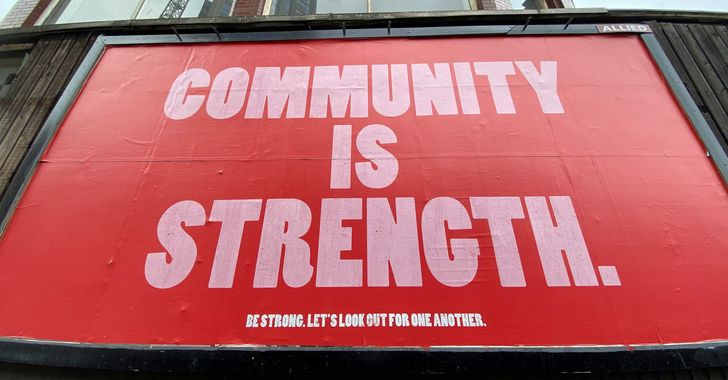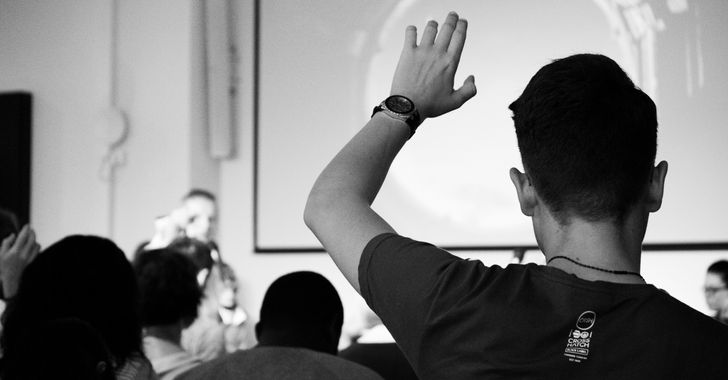The idea of enhanced performance is nothing new in the world of competitive athletics and the use of ergogenic aids, which are defined as techniques or substances used for the purpose of enhanced performance, have existed since the ancient Greeks . However, advancements in testing for the abuse of these aids and increasingly severe punishment for athletes that are found illegally enhancing has led to the development of less detectable enhancement methods. Blood boosting practices have become the more prevalent method of performance enhancement in recent years, especially in competitive cycling, a sport that out of twenty-six sports included in the 2012 Olympic Games, was found to be the worst offender in reference to the rate of positive tests found per sample at 37%. There are four methods commonly used by athletes to blood boost including the re-infusion and/or transfusion of blood, taking rEPO and participating in high altitude training, all of which serve to increase the oxygen supply carried through the blood to the muscles. Many of these methods are new developments and have not been given the time to be adequately researched so many athletes are participating in these methods with only the knowledge of possible benefits and not with the essential knowledge of associated risks, many of which can be life-threatening. In addition to possible harm to athletes, these methods of artificial enhancement take away from the integrity of athletic competition in providing a competitive edge to athletes that partake over those that do not and this is not what sports competition was intended for.
So, what exactly are the boosting methods and why are they so dangerous? The first two methods, reinfusion and transfusion, involve the replacement of the blood in the body with new blood that has a higher oxygen concentration. Reinfusion or autologous transfusion refers to the transfusion of an individual’s own blood that has been oxygen boosted and then stored for later use. This poses risks in the possibility of improper treatment of the blood after it has been removed should it not be cleaned and stored properly. Blood that is not properly taken care of runs the risk of being infested with microbiological contaminants that can pose serious health risks if reinfused, such as sepsis which is inflammation throughout the body caused by the presence of harmful bacteria in the bloodstream. Transfusion, or homologous transfusion, refers to the transfusion of blood that has been taken from another person with the same blood type . This process has an incredibly high risk for the transmission of blood diseases such as AIDS or immunological reactions that cause the body to identify the outside blood as a danger and reject it . These methods are intended for use in a hospital setting, for patients that must replace large volumes of blood in emergency situations, not for the use of competitive athletes trying to get ahead.
The third, and arguably the most dangerous, method of blood boosting is the injection of rEPO (recombinant erythropoietin). This is an artificial version of a peptide hormone (EPO) that is produced naturally by the kidneys, acting on bone marrow to stimulate red blood cell production . The frequent use of this method can cause the thickening of the blood and further, decreased circulatory efficiency. This dramatically increases the risk of heart disease and heart attack or stroke as a result of cerebral or pulmonary embolisms (blood clots). Abuse of rEPOs is thought to be the culprit behind the mysterious deaths among twenty-five European cyclists who all died of otherwise inexplicable heart attacks that occurred in their sleep . Since the use of rEPOs has already been outlawed there are additional risks involved in their continued illicit use. Due to improper storage where elevated temperatures frequently occur, such as in the trunk of a car, can cause pure red cell aplasia, a condition in which the immune system’s antibodies inactivate the endogenous hormone that it was meant to produce more of. This can lead to severe anemia which, if left untreated can cause death . Once again, rEPOs have a specific intended medical use to treat patients suffering from anemia and other blood disorders and are not intended to assist athletes with their competitive edge.
The final method of blood boosting is, with proper use, the safest as far as associated health risks. High altitude training refers to exposing the body to altitudes well above sea level to trigger an acclimation response in the body to the levels of oxygen . The body, in order to cope with the low oxygen levels, produces more small blood vessels which improves circulation and is thought to assist in the body’s buffering capacity (ability to fight lactic acid build up in the muscles), in addition to inspiring microscopic changes to the structure and function of the muscles themselves. These responses all assist in the improved delivery of oxygenated blood to the muscles that most need it. This method, like the others, is not without risks, however. Should an individual attempt to acclimate to a very high altitude too quickly they run the risk of developing altitude sickness and if ignored this can cause fluid build up in the lungs and the brain and eventually lead to death . Additionally, altitude training is often expensive and requires long time period commitments of weeks and even months. If money allows, many athletes have invested in high altitude chambers in which they can train from the comfort of their own homes. This is not a reality for most athletes though which begs the question of ethics as to whether the opportunity for advancement is available to all in the sport and not just those with sufficient funds.
The use of rEPOs has already been outlawed, but what of the other methods? Considering that two of the methods (reinfusion and transfusion) are procedures intended for emergency use in life threatening situations, they should not be considered training methods for athletes. In addition, the use of these procedures on a healthy athlete can cause severe risks and even death. Too many athletes are concerned with advancing to gain wealth and fame and will force advancement by any means necessary. 52% of Olympic athletes said that they would take a drug allowing them to win all of their competitions for the next five years even if taking the drug could kill them . Athletic competition is intended to exhibit natural abilities among athletes, to pin them against one another in order to showcase raw talent and dedication.
Obviously, it is getting more and more difficult to regulate practices of performance enhancement and it is especially difficult to regulate the use of blood boosting methods since they are difficult to detect. Further research into the methods, as they are used for performance enhancement, must be conducted in order to better understand how practices like high altitude training and procedures such as transfusion affect the bodies of athletes in order to determine their true advancing potential. This research will bring to light the question of whether or not the benefits of blood boosting outweigh the risks and will assist in developing tests for detection of the abuse of these enhancement methods in competitive athletes. Once agencies can better test for blood-boosting they could formulate more useful regulations and preventive mechanisms to ensure the fairness of competition remains intact.
The use of any medical procedure, such as the reinfusion and transfusion of oxygen enriched blood should be totally outlawed for use as an advancement mechanism considering that when they are performed on healthy individuals, like competitive athletes, the risks of serious health complications increase tenfold. Practices like high altitude training are more difficult when determining legality. When practiced safely and monitored carefully these training methods can be useful in improving an athlete's aerobic respiration capabilities thereby improving muscle function since oxygen can be more easily supplied to those muscles used frequently. However, since these practices are expensive and time consuming a question of ethics arises in whether these practices are fair since they are not truly accessible to all athletes. If everyone in the sport can not benefit from the practice then it becomes just another pathway to unfair advantage.
There is a need for urgency in figuring a way to decrease the use of performance enhancers in cycling and competitive sports in general. Not only because of the extreme health risk but because the integrity of pure athletic competition has so drastically diminished. Cheating should be considered completely unacceptable and significantly reprimandable. Blood boosting practices are nothing more than new methods of cheating and must be treated as such.





 people sitting on chair in front of computer
people sitting on chair in front of computer



 all stars lol GIF by Lifetime
all stars lol GIF by Lifetime two women talking while looking at laptop computerPhoto by
two women talking while looking at laptop computerPhoto by  shallow focus photography of two boys doing wacky facesPhoto by
shallow focus photography of two boys doing wacky facesPhoto by  happy birthday balloons with happy birthday textPhoto by
happy birthday balloons with happy birthday textPhoto by  itty-bitty living space." | The Genie shows Aladdin how… | Flickr
itty-bitty living space." | The Genie shows Aladdin how… | Flickr shallow focus photography of dog and catPhoto by
shallow focus photography of dog and catPhoto by  yellow Volkswagen van on roadPhoto by
yellow Volkswagen van on roadPhoto by  orange i have a crush on you neon light signagePhoto by
orange i have a crush on you neon light signagePhoto by  5 Tattoos Artist That Will Make You Want A Tattoo
5 Tattoos Artist That Will Make You Want A Tattoo woman biting pencil while sitting on chair in front of computer during daytimePhoto by
woman biting pencil while sitting on chair in front of computer during daytimePhoto by  a scrabbled wooden block spelling the word prizePhoto by
a scrabbled wooden block spelling the word prizePhoto by 
 StableDiffusion
StableDiffusion
 StableDiffusion
StableDiffusion
 StableDiffusion
StableDiffusion

 women sitting on rock near body of waterPhoto by
women sitting on rock near body of waterPhoto by 
 Photo by
Photo by  Photo by
Photo by  Photo by
Photo by  Photo by
Photo by  Photo by
Photo by  Photo by
Photo by  Photo by
Photo by  Photo by
Photo by  Photo by
Photo by  Photo by
Photo by 








